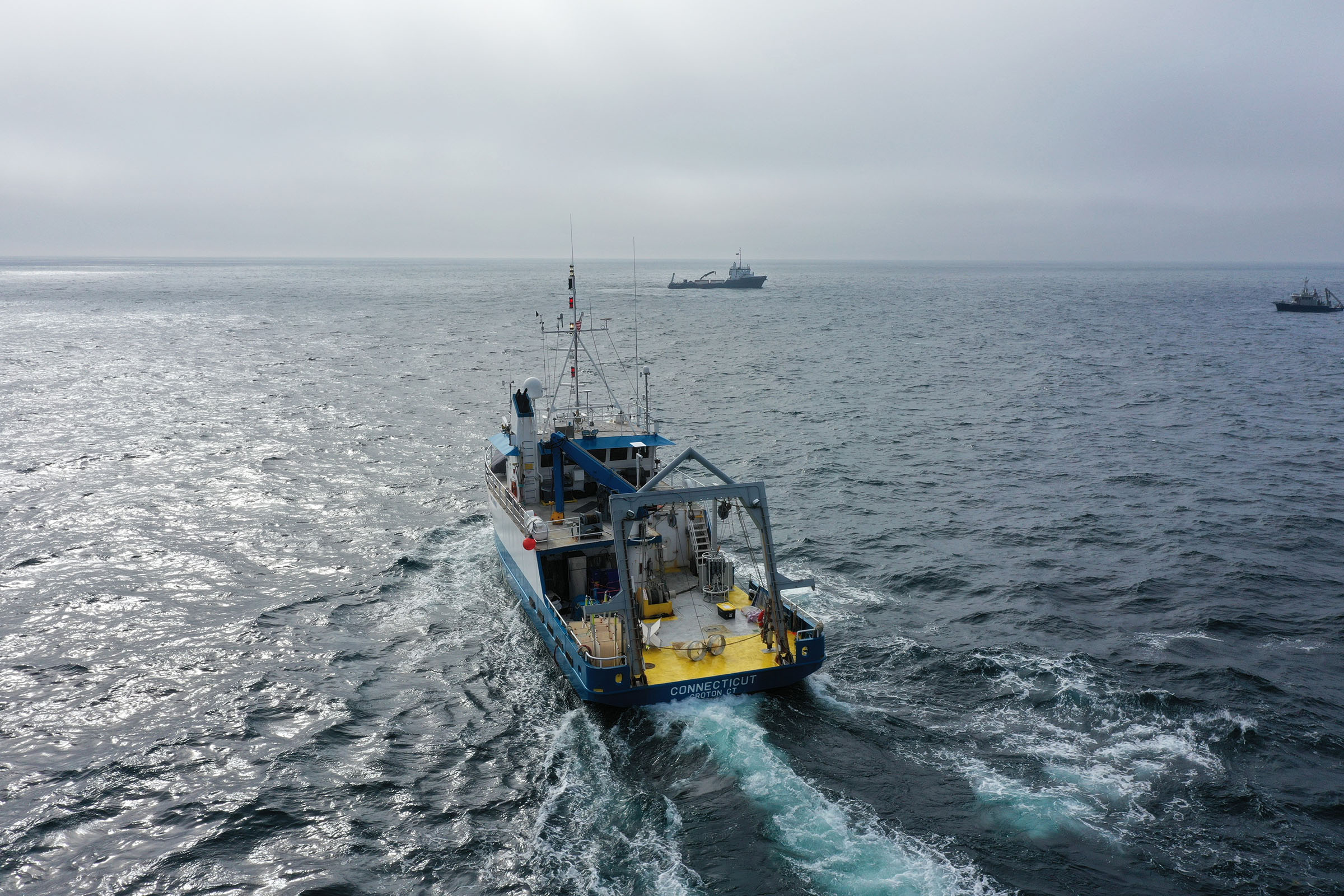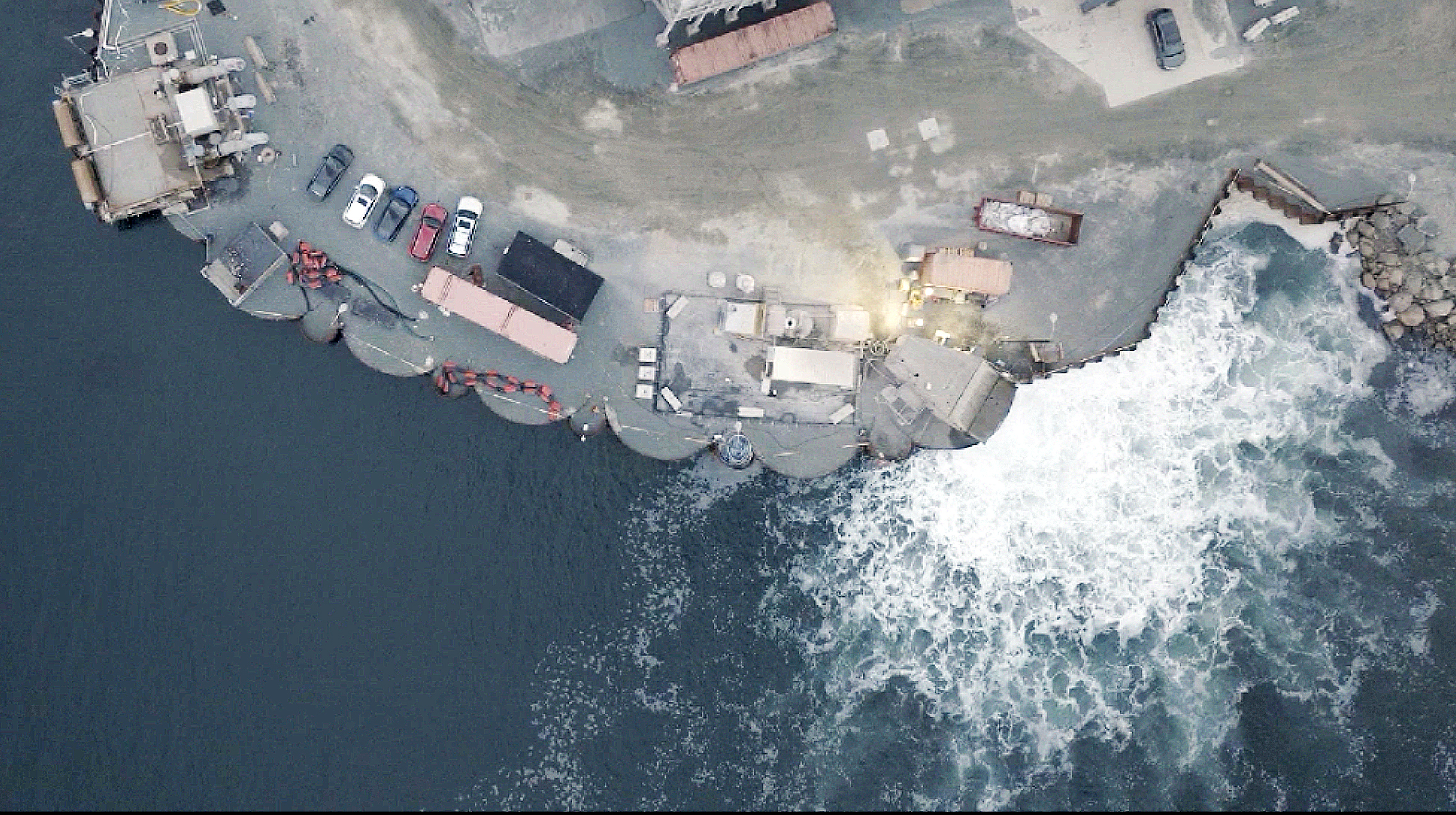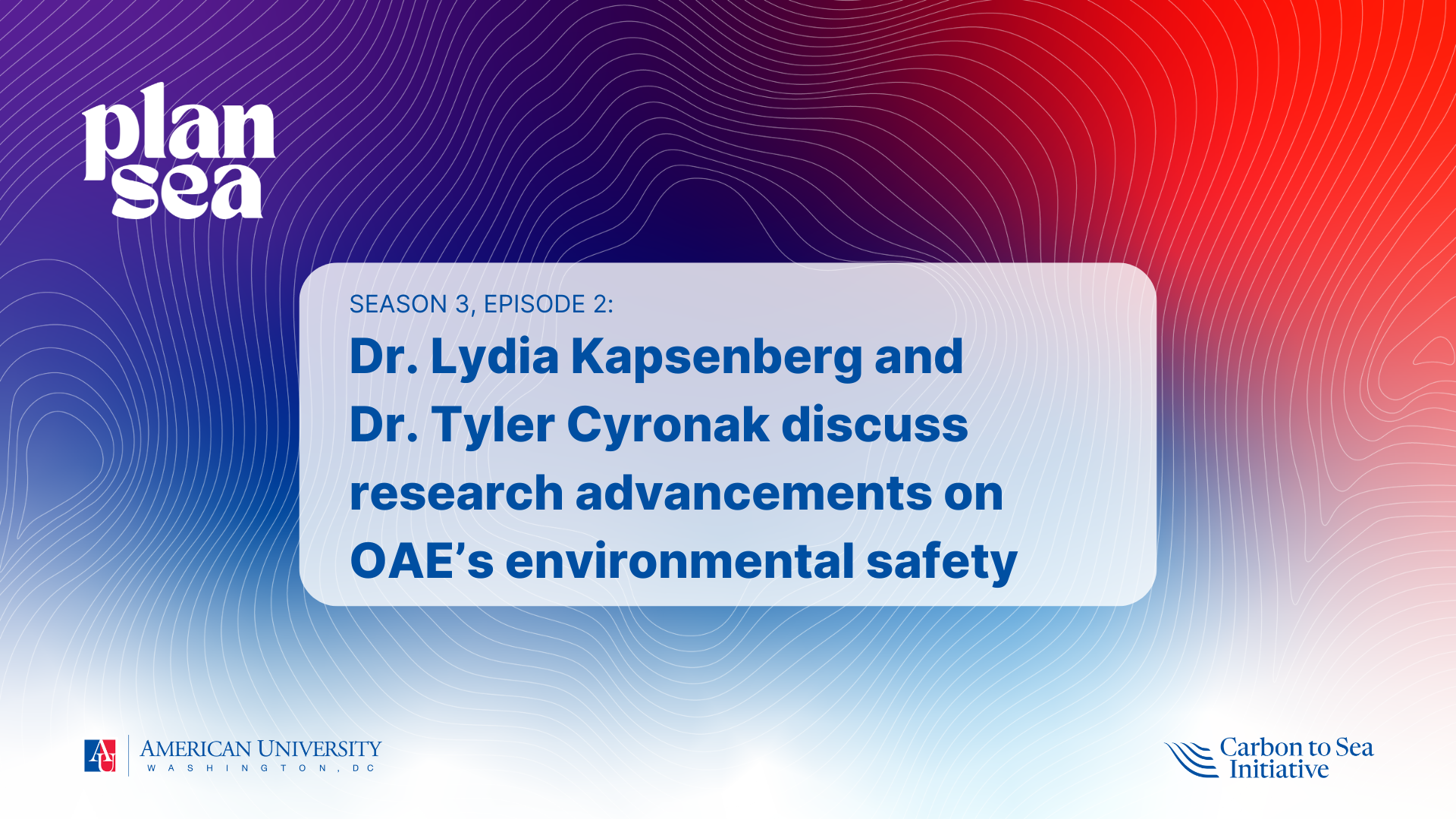The Woods Hole Oceanographic Institution (WHOI) has successfully completed an EPA-approved, small-scale research trial in the Gulf of Maine. This is an important step in exploring ocean-based solutions for climate change and represents a first-of-its-kind field trial for ocean-based carbon dioxide removal. The trial was conducted under WHOI’s LOC-NESS project, which is funded in part by the Carbon to Sea Initiative, and tested the effectiveness and environmental impact of ocean alkalinity enhancement (OAE) as a carbon dioxide removal solution.
Conducted in mid-August, the field trial was designed to determine the safety and efficacy of OAE in a closely-monitored, real-world environment. In April, the Environmental Protection Agency (EPA) approved the project following a rigorous, year-long review. The process included consultations with federal agencies including NOAA Fisheries and the U.S. Fish and Wildlife Service, along with two public comment periods totaling 75 days. WHOI’s application received more than 250 comments, with strong support from independent scientists and environmental policy experts.
“We are excited that our small-scale research trial was completed in line with our extensive preparation and modeling, as well as the rigorous oversight required by the EPA,” said Adam Subhas, Associate Scientist in Marine Chemistry and Geochemistry at WHOI, and Project Lead of LOC-NESS in the WHOI team’s official press release. “We conducted this research hoping that it would help evaluate the effectiveness and environmental impact of OAE, and though we have a lot of analysis to do, we are confident that we’ll have rigorous results that advance scientific knowledge of OAE’s environmental impact. We need independent, transparent research to determine which solutions work, and we are eager to contribute to the body of evidence. We are very grateful to the EPA for their extensive review and careful consideration of our permit application, and we will continue to be in close contact with them as we analyze the findings from this research trial.”

assess OAE’s potential for safely removing carbon dioxide from the atmosphere, on board the research vessel Connecticut. (Daniel Cojanu / ©Woods Hole Oceanographic Institution)
The trial took place approximately 50 miles off the Massachusetts coast in the Wilkinson Basin. WHOI scientists gradually introduced small amounts of highly purified sodium hydroxide — a compound commonly used in drinking water treatment — into the surface ocean to test OAE’s potential for safely removing carbon dioxide.
The research team deployed three research vessels, autonomous gliders for measuring key water properties, and independent protected species observers to track any physical, chemical, and biological responses in the ocean. These environmental safeguards were built into the study to ensure minimal impact on marine eco-systems and communities.
“The LOC-NESS team underwent a rigorous, mulit-phased public review and community engagement process to earn approval for this research, and we’re excited to see what new insights this first-of-its-kind trial will unlock about OAE in the months to come,” said Diane Hoskins, Global Policy Director at Carbon to Sea. “This kind of foundational field research, led by world-class scientists and guided by stringent environmental guardrails, is exactly what’s needed to move the field forward and strengthen U.S. leadership on innovative ocean-climate research.”
Over the course of designing and reviewing the project, the LOC-NESS team carried out more than 50 community engagement and outreach activities — including listening sessions with fishing communities, discussions with Indigenous and local leaders, virtual public webinars, and extensive media engagement. This commitment to transparency and community engagement will continue as the team analyzes and releases findings from the trial over the coming months.
More information and future updates on the research trial, including analysis and results, will be posted on the LOC-NESS project website.



